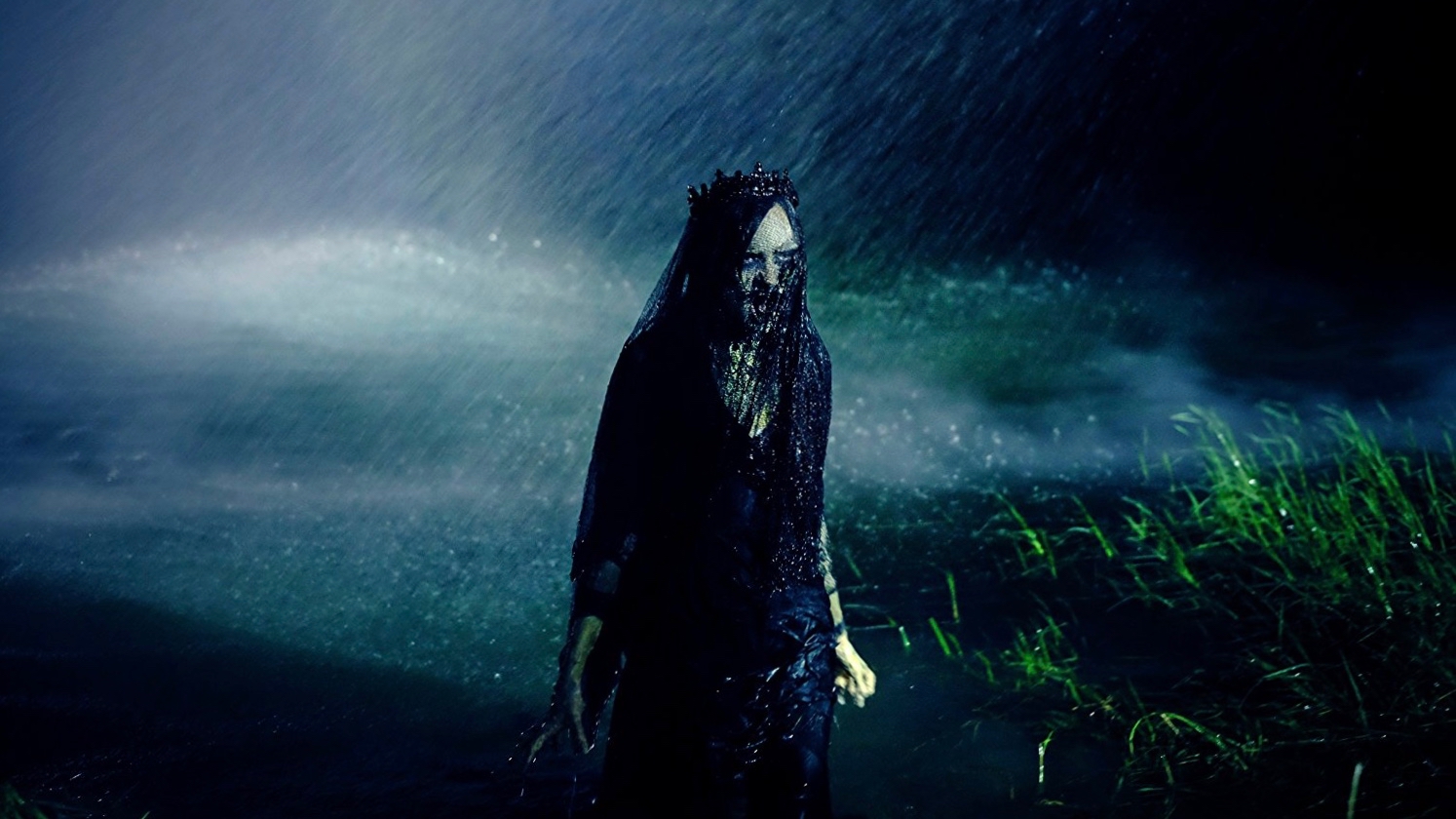

#Supernatural gothic literature how to
Next Section Literary Elements Previous Section Imagery Buy Study Guide How To Cite in MLA Format Nichipor, Alexandra. Fond of mediaeval romances and mystery as a dilettante's diversion, and with a quaintly imitated Gothic castle as his abode at Strawberry Hill, Walpole in 1764 published The Castle of Otranto a tale of the supernatural which, though thoroughly unconvincing and mediocre in itself, was destined to exert an almost unparalleled influence on the.

A number of contemporary authors utilize gothic elements in their work, including Stephen King, Joyce Carol Oates, and Harper Lee. However, Edgar Allen Poe effectively incorporated a number of gothic elements into his fiction and poetry, highlighting themes of horror and romance and setting his narratives in disturbing physical locations. The popularity of gothic novels began to decline in the Victorian era. Additionally, the romantic aspects of the novels can seem tacked-on or grossly overblown. Gothic literature has often been criticized for being hyperbolic and formulaic the characters do not act or speak realistically, and the direction of the plot is often quite predictable. Frequently, the young woman finds herself in an old castle or church indeed, gothic fiction derives its name from a type of architecture originating in the 18th century and imitating medieval stonework. From wild and remote landscapes to vulnerable heroines from violent and erotic fantasies to supernatural and uncanny happenings Gothic fiction has. Gothic novels often feature a young and tragically beautiful female heroine who is threatened with violence or an early death. In some cases, these intrusions of the supernatural have natural explanations in other novels, supernatural events are never explained, and contribute to the unreal and frightening atmosphere created in the novel. Evidence of the supernatural may include ancient prophecies that predict the future with uncanny accuracy, ghosts, demons, angels, and omens. Supernatural elements are a strong theme in gothic fiction. The Castle of Otranto by Horace Walpole is widely considered the first gothic novel Otranto tells the story of a nobleman who wrestles with the consequences of a mysterious curse.

Thus, early gothic literature presents the idea that the supernatural works inherently against women, symbolizing the oppressive and patriarchal chaos of the everyday.Characterized by a combination of horror, ominous scenery (old castles, wilderness, graveyards, etc.), the supernatural, and romance, gothic fiction originated in 18th century England. The male characters’ abilities to use the supernatural to their advantage show further how the supernatural works in favor of masculinity. By analyzing the heroines of each novel as a basis for the study, their varied fates in relation to the supernatural make evident that there is a gendered power dynamic. This essay examines the use of the supernatural in early gothic literature and the way in which it effects, possesses and even controls female characters within the novels. However, Anne Radcliffe’s The Mysteries of Udolpho, Matthew Lewis’s The Monk, and Charlotte Dacre’s Zofloya, or The Moor, offer insight into political and social issues of the late eighteenth and early nineteenth centuries. Monsters have haunted the literary imagination from earliest times (e.g., the Cyclops, Grendel, etc.), but a particular interest in horror and the Gothic. Early gothic literature often goes overlooked as sensationalist writing dependent on a repetitive plot and character types.


 0 kommentar(er)
0 kommentar(er)
